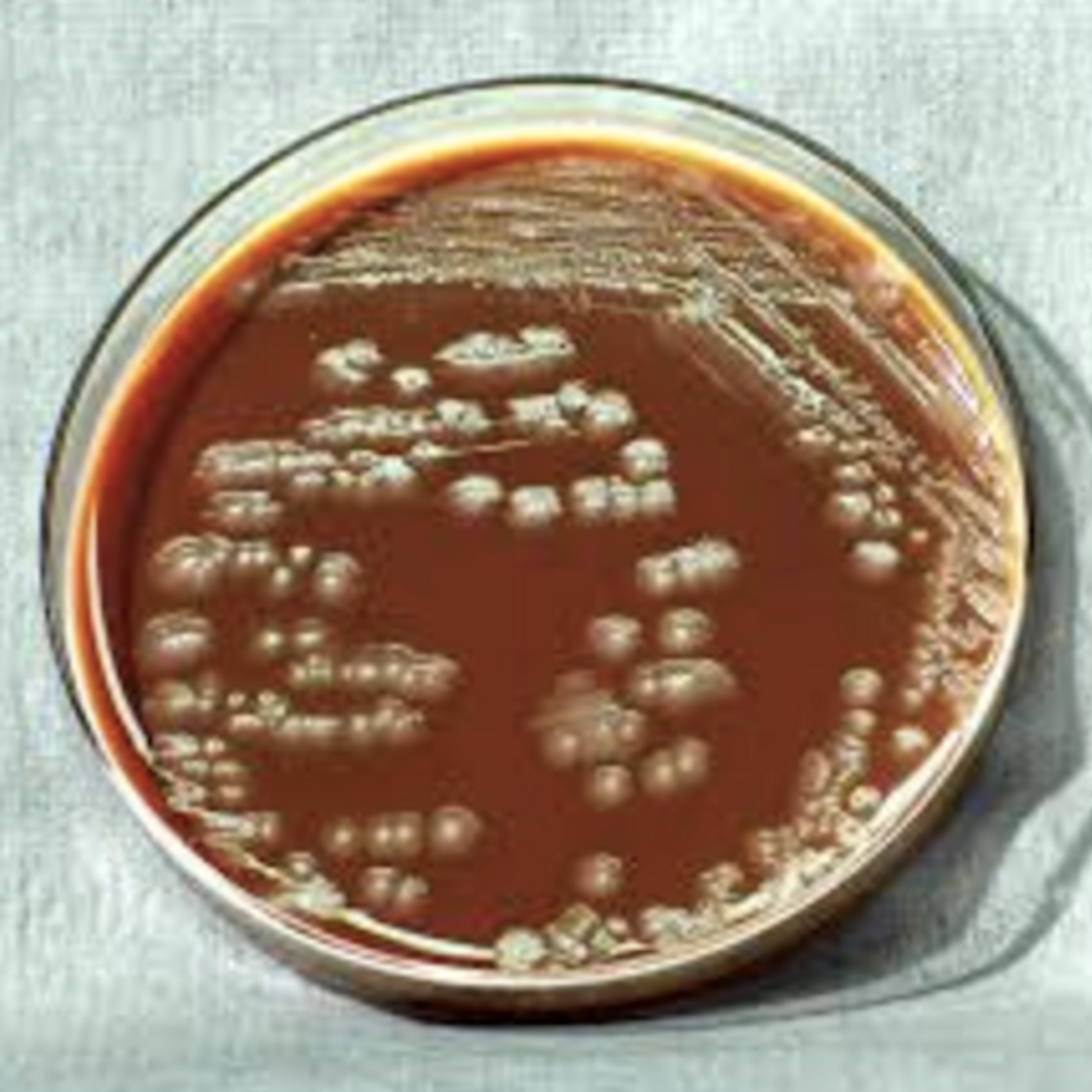Finding Sleeper Cells That Evade Drug Treatment
One way that bacterial infections get around antibiotics is by using sleeper cells; these unique cells lie dormant, surviving multiple doses of antibiotics. New work has found a way to identify the cells that are most likely to survive drug treatment before it begins. This research, led by Dr. Stefano Pagliara, a biophysicist at the University of Exeter, could also be critical to our understanding of antibiotic resistance. It will hopefully help scientists who are looking for ways to target and destroy these resilient cells.
Antibiotics resistance is expected to become a major public health threat in the coming decades. When the University of Exeter team exposed bacteria to antibiotics, they found that only around 1.3 percent survived, and while they were not growing, they were alive.
They were dubbed sleeper cells because they look like cells that have been killed by antibiotics, and they are quiescent. But they have the potential to reawaken, cause infection again and sicken humans or animals. The team found that two kinds of cells survive antibiotic treatment: sleeper cells and persister cells. They both have unique fluorescence properties and can be identified even before antibiotic exposure. However, sleeper cells look like dead cells when using standard methods, and thus, can make it look like many more cells have been killed by the antibiotic.
A small microfluidic device was used by the researchers for this work. Dr. Rosie Bamford and Ashley Smith were able to isolate a single bacterium, studying it over time. The device can be used to assess any bacterium that may pose a threat to health.
Sleeper cells appear as though they are dead or dying, and the fluorescence can help show they are still viable. Persister cells, which make up about a third of the surviving cells, begin to grow as soon as the antibiotics are done. All of these survivors can eventually cause infection again, and they also increase the likelihood that antibiotic resistance can develop.
"Antibiotic resistance is one of the serious health challenges of our age. The cells we identified elude antibiotic treatment and pose a serious threat to human health. In fact, unlike persister cells which quickly resume growth after the antibiotic course ends, 'sleeper cells' remain non-growing for prolonged periods of time, and elude detection using traditional methods,” said Dr. Pagliara, a senior lecturer in the Living Systems Institute at the University of Exeter.
"Our research should make it easier to develop biomarkers to isolate these cells and open up new ways to map the biochemical makeup of bacteria that can escape antibiotics, so we can find ways of targeting them effectively."
Dr. Pagliara is designing a program to identify and isolate sleeper cells so they can be thoroughly analyzed with next-generation sequencing. The goal is to find the genes that are expressed differently when a bacterium is resistant to antibiotics, or not.
Learn more about persister cells from the video.
Sources: Phys.org via University of Exeter, BMC Biology









